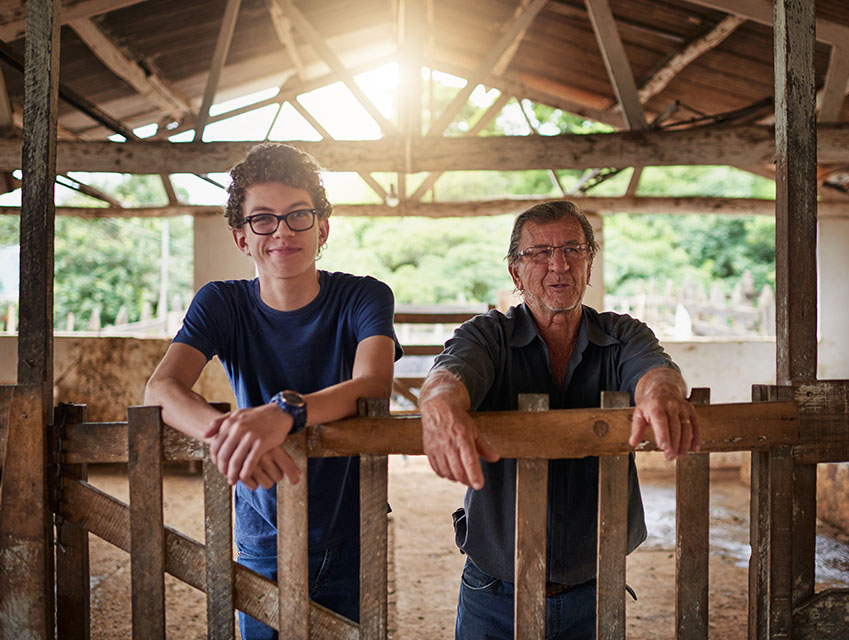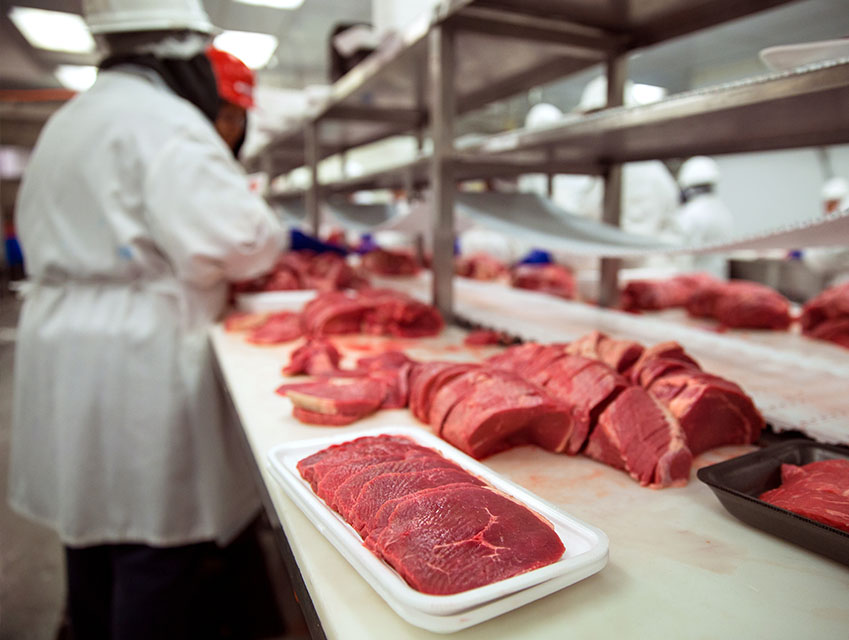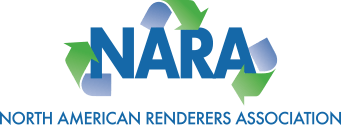What Is the Rendering Process?
Short Answer: Rendering is Recycling
What is rendering? It’s a process that repurposes co-products(also called by-products) that would otherwise go to waste from the “meat we don’t eat.” By rendering specific materials that many North American consumers would consider inedible, such as certain fats, bones and proteins, renderers provide clean and safe rendered material used to develop sustainable new products while reducing overall food waste.
Food waste is highly prevalent, and finding solutions is critical. That’s why the North American Renderers Association (NARA) prioritizes educating the public, advocating for the rendering industry, and providing support and resources for renderers. As an association with a wide range of offerings for members, we work hard to promote sustainable food use in North America and worldwide.

What Is Agricultural Rendering?
Roughly 50% of an animal is considered inedible by Americans. The rendering process reclaims this meat, bone, and fat and transforms it into ingredients for countless products — recycling 99% of this unwanted meat. So, rendering is really the “Original Recycling” — but instead of recycling water bottles into plastic fibers or steel cans into car parts, rendering recycles leftover meat, fat, and bone into things like nutritious pet food and biofuels. The rendering process also takes the water out of raw waste, reducing the overall quantity being processed.
Instead of wasting these leftovers through other disposal methods (like landfilling), renderers recycle the materials into 19 billion pounds of fat, oil, and protein products. By reclaiming otherwise discarded meat leftovers, renderers make our food production footprint smaller.

How Does The Rendering Process Work?
According to a 2020 report, more than 62 billion pounds of renderable raw materials are produced in the U.S. and Canada each year from farms, feedlots, and slaughter facilities for cattle, hogs, sheep, chickens, and turkeys.
From that, approximately 16 million tons of rendered products are produced annually. That’s nearly 16 million tons of reduced food waste that would have been sent to landfills if not upcycled into new ingredients for biofuels, pet food, animal feed, personal care products, industrial uses, and other products.
Sustainability’s critical priorities include reducing the amount of waste filling landfills, lowering carbon emissions, and conserving valuable natural resources. Rendering meets these objectives by upcycling rendered products into materials consumers can use again. This process also creates resiliency and produces bio-based products that prevent carbon and other greenhouse gases (GHGs) from being released into the atmosphere.
What Products Are Made From Rendered Animals?
Rendering animals for pet food is one of the primary applications manufacturers can use animal products for. The four primary product markets are:
- Pet food and animal feed
- Biofuel
- Oleochemical
- Fertilizer
Other applications include using gel bone for products such as gel cap coatings for vitamins and prescription drugs. Rendered fat offers a wide range of reuse options, from tires, candles, and detergents to ceramics and paint.
Advantages of Rendering Animal Products
A powerful solution to advance sustainable living, rendering integrates seamlessly into food processing and uses materials more completely. Rendered products offer a wide range of advantages:
Sustainability: Rendering delivers a sustainable solution over the long term, helping protect the environment and reuse materials.
Cost-efficiency: By using products that are already available and would otherwise go to waste, rendering allows lower-cost product development.
Good for the Environment: Rendering processes allow us to protect the environment and reduce food waste, allowing for more cost-effective and responsible food use from animals. The production of bio-based products also prevents carbon and other greenhouse gases (GHGs) from being released into the atmosphere, reducing our overall carbon footprint.
Community building: The rendering industry provides sustainable, local jobs with benefits for employees, helping the environment, families, and individuals.
Get Trusted Industry Resources From NARA
At NARA, we’re dedicated to empowering renderers to combat food waste with solutions that work. We understand that regulatory compliance is critical for the industry and deliver resources that help our members and rendering friends to adhere to government regulations. We also offer advocacy to be the voice of rendering among policymakers. Working internationally, we strive to represent and improve opportunities for the global rendering industry to best serve our customers and consumers. We help our members navigate end-user demands, regulatory changes, and market disruptions by listening to and evaluating their needs, providing advice, and advocating for workable solutions.
If you’d like to learn more about rendering, subscribe to Render, our global rendering industry magazine, for comprehensive resources for members and industry professionals.
Contact us to learn more about becoming a member today.

